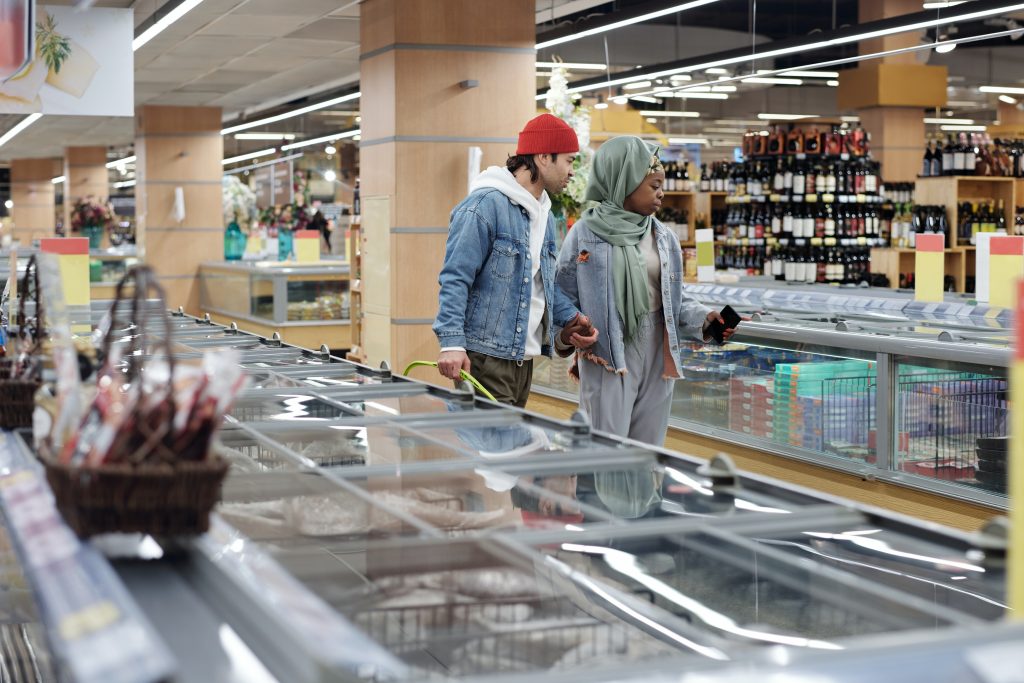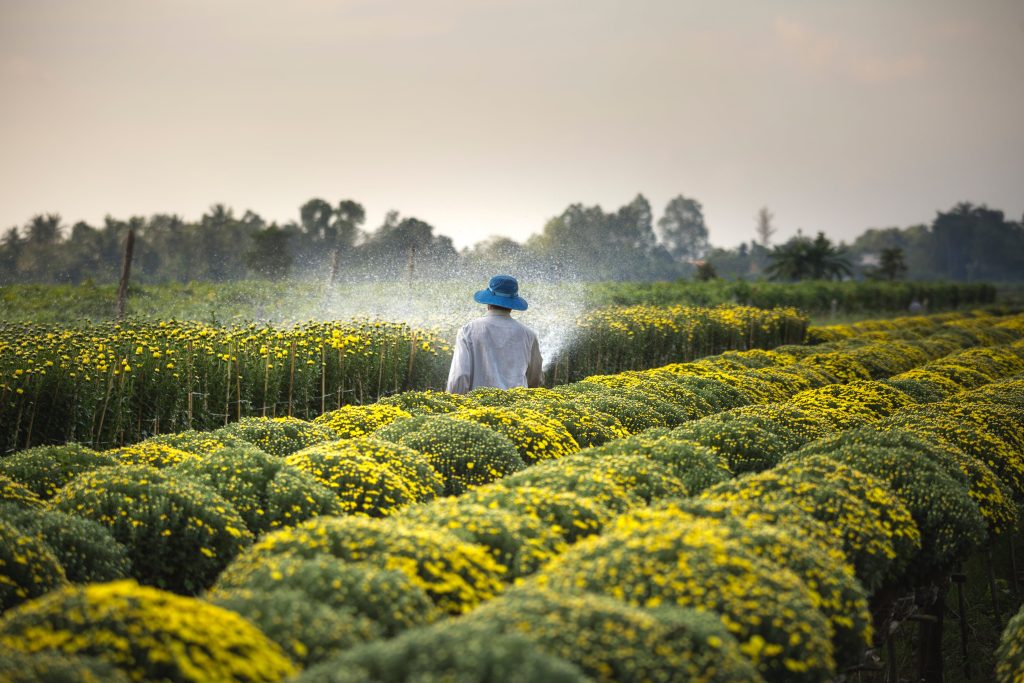Legionella classification
Family: Legionellaceae
Gender: Legionella
Species: pneumophila
General information Legionella
Legionella mainly occurs in soil and freshwater. Usually these are small numbers. However, it appears that Legionella can multiply under certain favorable conditions. These favorable conditions are standing water with a temperature between 25°C and 60°C (optimal is 37°C) and the presence of organic material.
The ideal growing conditions for Legionella are common in man-made hot water systems such as drinking water pipes, swimming pools, fountains and air coolers. When the water cannot storm through the entire water system, it is possible that the water remains stagnant for a long time in the ‘dead’ corners. This gives the bacterium the opportunity to multiply in slime layers on the inside of the pipes or in the sediment at the bottom of pipes and reservoirs. Humans can inhale the bacteria through, for example, a shower or sprinkler system.
Disease
Legionella is caused by inhaling the bacteria through, for example, a shower or sprinkler system. The disease is characterized by an acute severe pneumonia with high fever, which causes a lot of death without treatment. One to four days after the infection the symptoms are: malaise, no appetite, muscle pain, headache, sometimes diarrhoea. From the sixth day these are: chills, high fever (> 39°C), diarrhoea, abdominal pain and sometimes nausea, vomiting, dry cough, chest pain. Ten to fourteen days after the infection, symptoms such as confusion and chest pain also appear.
Incubation time
The incubation period, which is the period between infection and the first symptoms of the disease, for Legionella is two to ten days.
Risk groups
Legionella generally does not pose a great risk. However, there are professions where there is an increased risk because they work with water misting or water sprayers. These professions are, for example, employees in horticulture, dentists, cleaners, employees in swimming pools, saunas, campsites, etc.
Furthermore, anyone can come into contact with Legionella. It is therefore important to allow pipes that have not been used for a long time to run cold water for some time before they are used again.
Prevention
Heating of water > 65°C.
Related articles to What is Legionella and what are the Legionella risks?
Many customers and visitors to this page 'What is Legionella and what are the Legionella risks?' also viewed the articles and manuals listed below:



